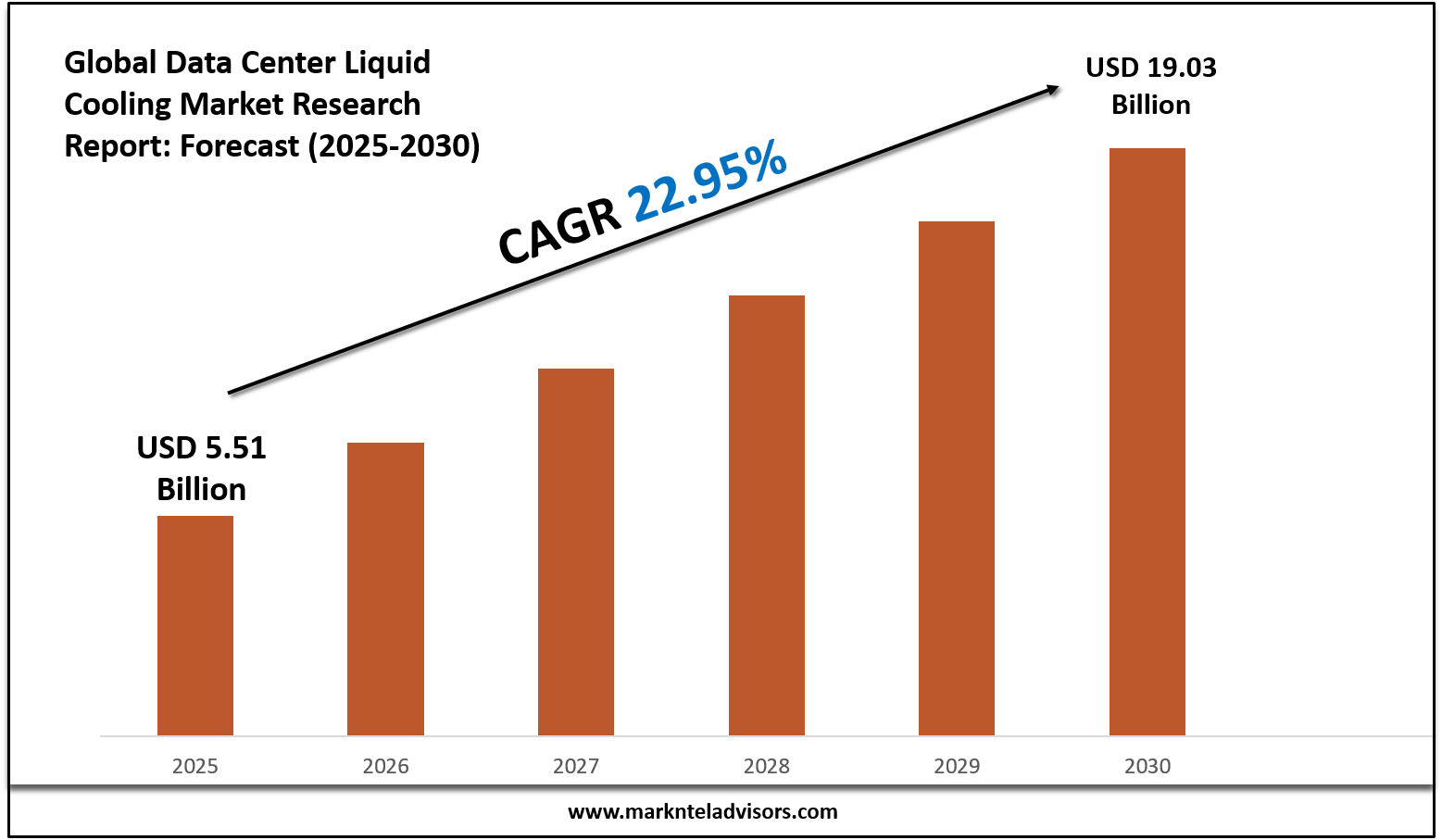3D Printing Revolutionizes Dental Implants: Customization, Cost Efficiency, and Faster Production Transform the Market
3D printing, or additive manufacturing, has emerged as a game-changer in the dental implants market, enabling unprecedented customization and precision. Traditional implant production relies on mass manufacturing, which often results in “one-size-fits-most” devices that may require adjustments during surgery. In contrast, 3D printing allows manufacturers to create implants tailored to a patient’s unique jawbone structure, using data from CT scans and dental impressions. This shift not only improves surgical outcomes but also reduces chair time and post-operative complications, making implants more accessible to a wider patient base.
The adoption of 3D printing is accelerating market growth. Companies like Straumann and Dentsply Sirona have integrated 3D printing into their workflows, producing custom titanium and zirconia implants with minimal material waste. These advancements have lowered production costs by up to 30% and shortened lead times from weeks to days, according to Market Research Future’s dental implants tech trends report. Beyond customization, 3D printing supports the development of complex implant designs, such as those with micro-textured surfaces that enhance osseointegration—the critical process of bone fusing with the implant. This has boosted implant success rates to over 95% in recent studies, further driving demand.
Challenges in 3D printing adoption include high initial equipment costs and the need for specialized training. Smaller dental labs, particularly in low-income regions, may struggle to invest in advanced printers, limiting their ability to offer custom implants. Additionally, regulatory bodies are still refining guidelines for 3D-printed medical devices; while the FDA has approved some models, ensuring consistency across printed batches remains a concern. Material limitations also persist; although titanium and zirconia dominate, newer materials like ceramics require further validation for long-term durability.
The future of dental implants is deeply tied to 3D printing innovation. As printers become more affordable and materials more diverse, customization will shift from a premium feature to a standard offering, democratizing access. AI integration, where algorithms optimize print parameters based on patient data, could further enhance precision. For manufacturers and labs, Market Research Future’s report details the impact of 3D printing on production costs, success rates, and regional adoption—equipping stakeholders to leverage this technology and stay ahead in a competitive market.


